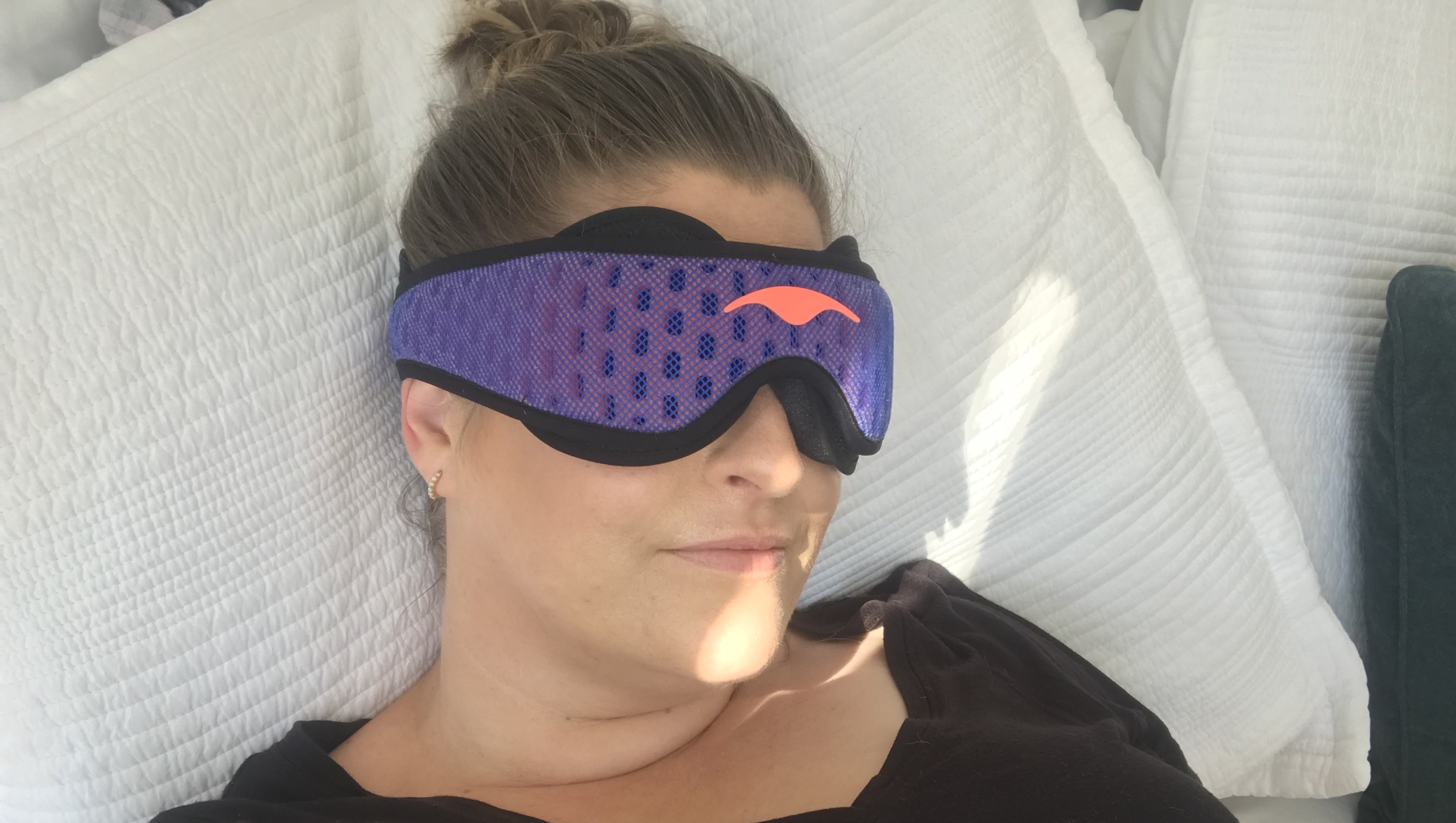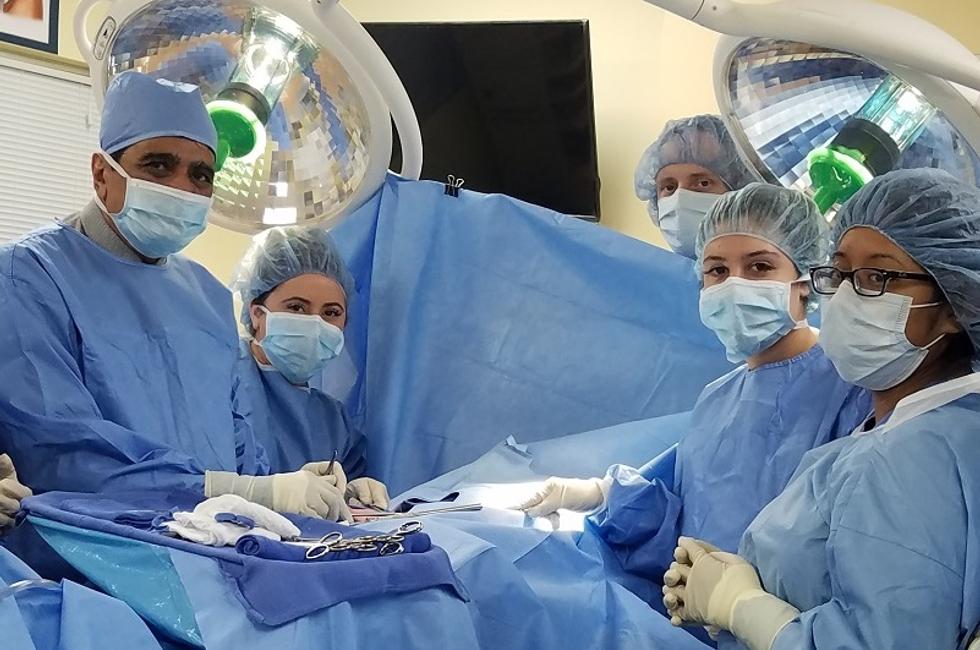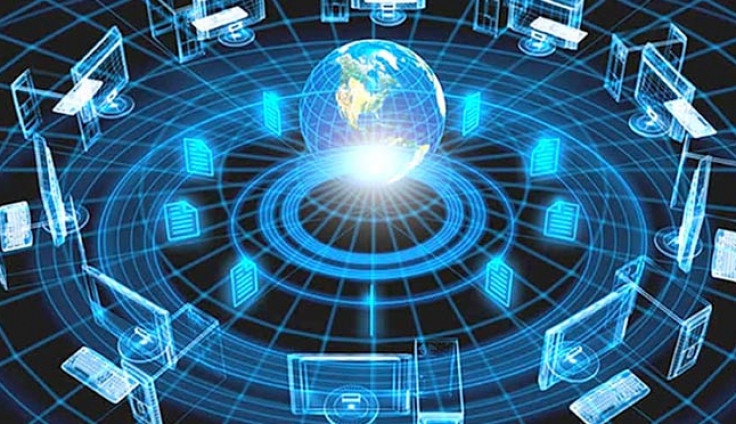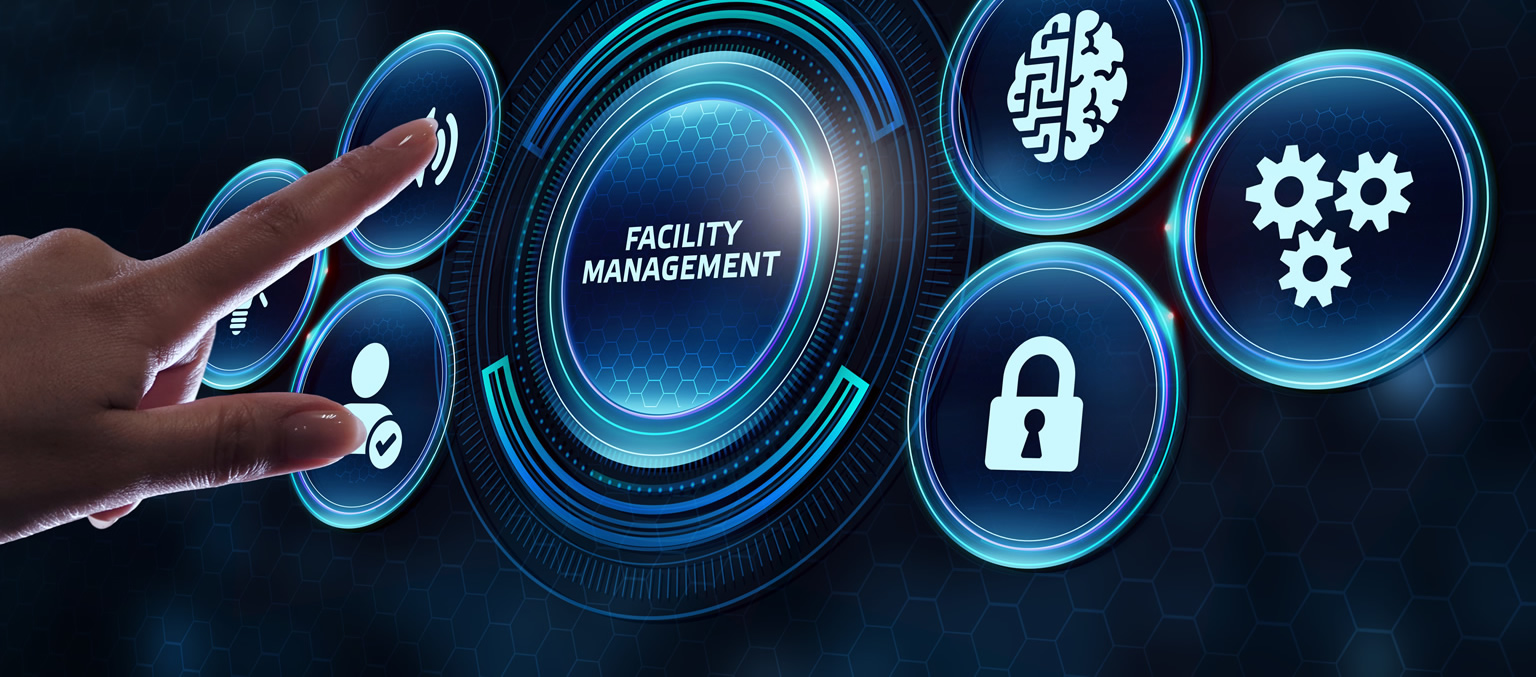How Do Prices Vary Among Popular Doll Brands And Types?
When you explore the fascinating world of dolls, you’ll notice that prices can differ widely among popular brands and types. Established names like Barbie and American Girl often command higher prices due to their iconic status and rich storytelling. However, you might find that lesser-known brands offer quality options at much more accessible price points. As you consider which dolls to add to your collection or gift, it becomes essential to understand the factors that influence these price variations. What’s driving the cost, and are there hidden gems waiting to be discovered?
Overview of Popular Doll Brands
When it comes to choosing the perfect doll, which brands stand out the most? You’ll find that iconic names like Barbie and American Girl have shaped doll history considerably. Their enduring popularity showcases how brand evolution reflects changing societal values and tastes. Barbie, introduced in 1959, has evolved from a simple fashion doll to an empowering figure, promoting diverse careers and body types. If you’re looking for the best dolls toys for your child, exploring a variety of options can ensure that they find the perfect companion to support their imaginative play and development.
Meanwhile, American Girl has focused on storytelling, offering dolls that represent different historical periods and cultures. These brands don’t just sell dolls; they create connections through shared experiences and narratives.
Understanding these brands’ roots helps you appreciate their impact on childhood and play, guiding your choice for the perfect doll that resonates with you or your child.
Price Ranges for Classic Dolls
When it comes to classic dolls, you’ll notice some interesting pricing trends, especially with vintage dolls.
Popular brands play a significant role in what you might pay, as their reputation can drive prices up or down.
Factors like condition, rarity, and demand also influence what you can expect to spend on these timeless treasures.
Vintage Dolls Pricing Trends
Vintage dolls have become highly sought-after collectibles, with prices reflecting their rarity and historical significance. If you’re considering investing in vintage dolls, you’ll notice that their value can vary considerably based on factors like brand, condition, and age.
For instance, iconic dolls from the mid-20th century typically fetch higher prices, often ranging from $50 to several thousand dollars, depending on their rarity. Dolls in pristine condition or with original packaging can command even more.
Understanding the vintage doll value in the marketplace can help you make informed decisions. Additionally, specific historical significance, such as association with notable events or figures, can further increase a doll’s desirability and price.
Popular Brand Comparisons
Exploring the world of classic dolls reveals a fascinating range of prices across popular brands.
You’ll notice that brand loyalty plays a significant role in how much you’re willing to spend. For instance, iconic brands like American Girl typically command higher prices, often ranging from $100 to $200, thanks to their strong heritage and dedicated fan base.
In contrast, lesser-known brands may offer classic dolls between $30 and $80, appealing to those with a tighter budget.
Market demand also influences pricing; when a specific doll becomes trendy, prices can skyrocket.
Factors Influencing Prices
What drives the prices of classic dolls, and how can you navigate these fluctuations? Several factors influence the price ranges you’ll encounter.
First, market demand plays an essential role; popular dolls often see higher prices due to scarcity and collector interest. Additionally, the brand’s reputation can affect pricing, with well-known names typically commanding a premium.
Condition and rarity are also key considerations—mint-condition dolls or limited editions usually fetch higher prices.
Keep an eye on price fluctuations, as trends can shift with new releases or nostalgic revivals. By understanding these dynamics, you can make informed choices and find the best deals in the ever-changing doll market.
Always research before buying to guarantee you’re getting value for your investment.
Contemporary Doll Trends and Costs
As you explore contemporary doll trends, you’ll notice how brand names greatly influence price ranges.
The materials and craftsmanship behind each doll also play an essential role in determining their value.
Plus, limited editions and collectibles can skyrocket prices, making them a fascinating area to evaluate for enthusiasts and buyers alike.
Price Ranges by Brand
Doll enthusiasts will find that price ranges vary considerably among brands, reflecting contemporary trends and craftsmanship.
Brand popularity plays a significant role in these variations, as well-known brands often command higher prices. For instance, collectible dolls from established brands can range from $50 to over $300, depending on their exclusivity and demand.
Meanwhile, lesser-known brands may offer quality dolls at more accessible prices, typically between $20 and $100.
Pricing strategies also differ; some brands use promotional discounts to attract buyers, while others maintain premium pricing to enhance perceived value.
This dynamic landscape means you’ll need to research and compare brands to find the best options that fit your budget and preferences.
Materials and Craftsmanship Impact
Understanding how materials and craftsmanship impact doll prices is essential for any collector. The material quality plays a significant role in determining a doll’s value. High-quality materials, like porcelain or fine vinyl, often lead to higher prices due to their durability and aesthetic appeal.
Furthermore, the craftsmanship techniques used during production can further elevate a doll’s standing. Dolls that feature hand-painted details, intricate stitching, or unique designs typically command higher prices, reflecting the skill and labor involved.
When you evaluate dolls, consider how these factors combine; a doll made with premium materials and expert craftsmanship is likely to be a worthwhile investment, while lower-quality options may not hold their value as well over time.
Limited Editions and Collectibles
Have you noticed how limited edition dolls have taken the collecting world by storm?
These collectible dolls often feature unique designs, elaborate outfits, and exclusive packaging, making them highly sought after. Because they’re produced in small numbers, their rarity adds to their appeal and value.
You might find that prices for limited edition dolls can skyrocket, especially if they’re tied to popular franchises or collaborations with renowned artists.
When you add these dolls to your collection, you’re not just buying a toy; you’re investing in a piece of art and culture.
Keep an eye on trends and auctions, as some of these collectible dolls can fetch impressive sums, turning your passion for dolls into a potential profit.
Factors Influencing Doll Prices
When it comes to determining doll prices, several key factors come into play.
First, the brand’s reputation affects pricing; well-known brands often charge more due to their established quality and desirability.
Doll customization options also influence prices considerably; dolls that allow for unique personal touches typically cost more than standard models.
Additionally, historical price shifts can impact current pricing; if a doll type has seen increased demand over the years, you might notice a corresponding rise in price.
Finally, the materials used in the doll’s construction, from high-quality fabrics to intricate detailing, can also elevate costs.
Collectible Dolls: Investment Potential
Collectible dolls can be more than just cherished items; they often hold significant investment potential.
When you consider investing in collectible dolls, it’s crucial to weigh the investment risks against the market demand. Here are some factors to keep in mind:
- Brand Reputation: Popular brands often retain value better than lesser-known ones.
- Rarity: Limited editions or discontinued dolls typically attract higher prices.
- Condition: Well-preserved dolls with original packaging can demand premium prices.
- Trends: Stay informed about current trends, as they can rapidly influence market demand.
Understanding these aspects can help you make informed decisions.
Tips for Finding Best Prices
As you search for the best prices on dolls, keeping a few key strategies in mind can make a significant difference.
Start with discount hunting; look for sales events, clearance racks, and seasonal promotions. Many retailers offer special discounts during holidays or back-to-school seasons.
Don’t forget about online marketplaces like eBay or Amazon, where you can often find competitive prices and exclusive deals. Use price comparison tools to track price changes and identify the best offers.
Also, consider joining forums or social media groups dedicated to doll collecting; members frequently share tips on where to find bargains.




























